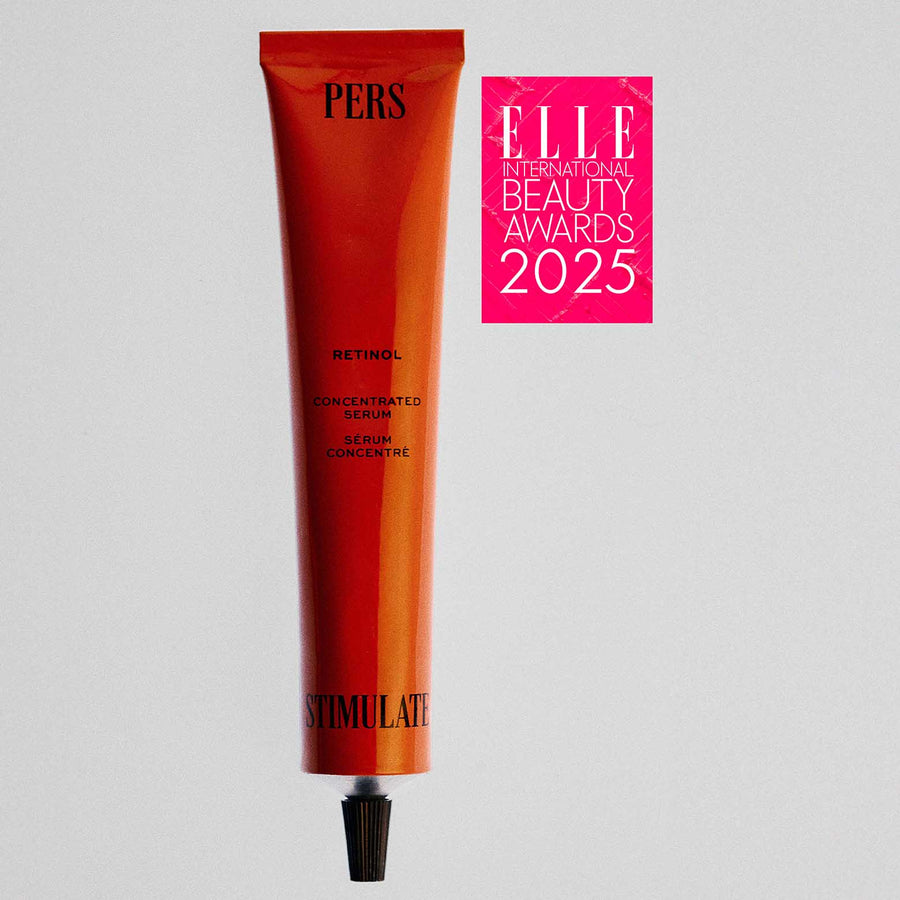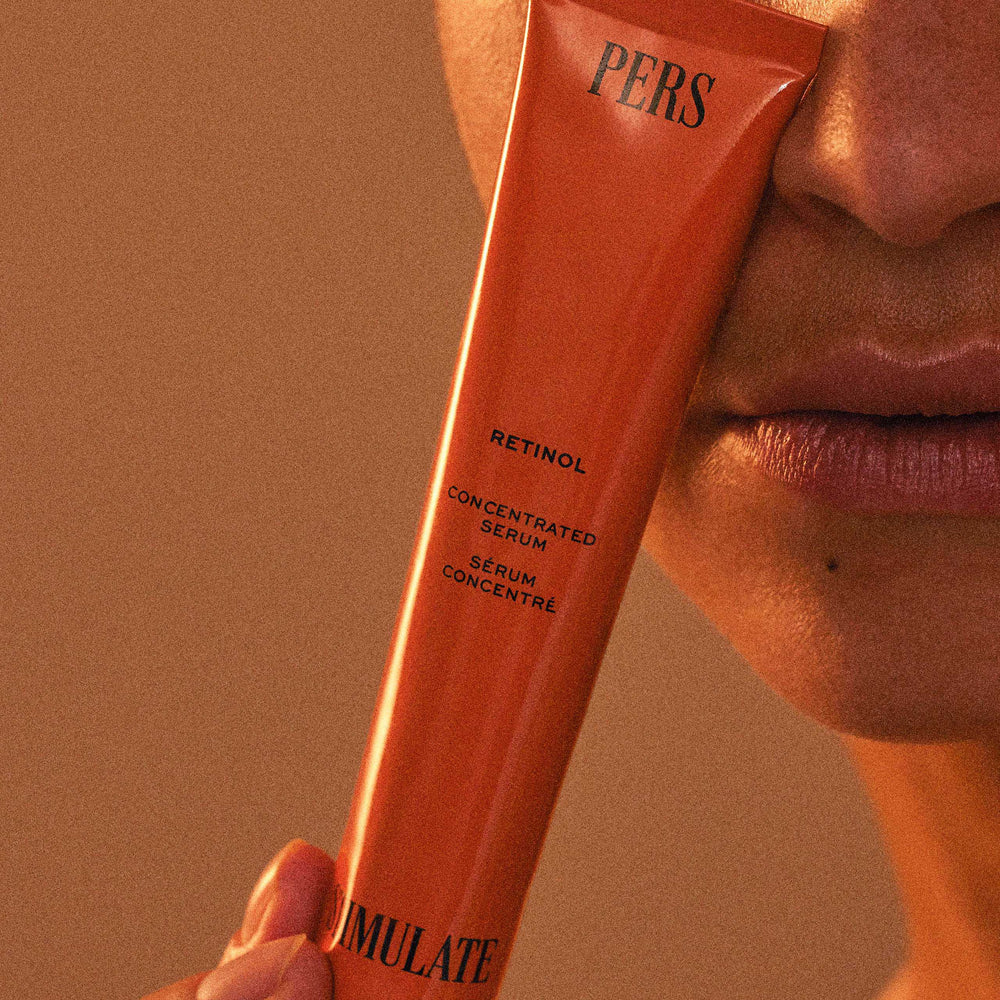Skin care for the treatment of facial blemishes
The face, that mirror of the soul, is unfortunately often subject to various imperfections. Among them, brown spots or pigmentation marks appear to hinder the skin's radiance. The beauty of our skin can be affected by these spots, leading to a loss of self-confidence. Although this is a common and generally harmless phenomenon, it's understandable to want to reduce these marks in order to regain an even complexion.
Fortunately, there's a wide range of facial care products to suit all kinds of problems. Skin care plays a crucial role in the treatment of facial spots. 
Understanding facial spots
To effectively treat facial spots, it's first essential to understand them in depth.
The different types of facial spots
The world of pigmentation spots is diverse. These spots form when melanin, the pigment that gives our skin, hair and eyes their color, is produced in excess. There are several types of pigment spots, each with its own characteristics and causes.
The well-known freckles are small brown spots that appear mainly on fair skin, particularly in people with red or blond hair. They are mainly due to sun exposure and are generally harmless.
Melasma, also known as "pregnancy mask", is a form of hyperpigmentation that manifests itself as dark, symmetrical spots on the face. It is more common in women, especially during pregnancy or when taking hormonal contraceptives.
Solar lentigos, sometimes called "age spots", are flat, brown spots that traditionally appear on areas of the body most exposed to the sun, such as the face, hands and arms. They are more common in older people, but can appear at any age with intense sun exposure.
Causes of facial spots
Facial spots have many causes. One of the main causes isexposure to the sun. UV rays stimulate the production of melanin, which can accumulate in excess and form spots. That's why it's essential to use sun protection, even in winter or on cloudy days, as UV rays can penetrate clouds and windows.
Hormonal changes can also cause facial spots. This is particularly true of melasma, which, as we've seen, is often linked to pregnancy or the use of hormonal contraceptives. Hormones stimulate melanin production, which can lead to hyperpigmentation.
Skin aging is another important cause. With age, the skin loses its elasticity and evenness. In addition, the cells that produce melanin, called melanocytes, can increase their production with age, leading to the appearance of spots.
Finally, skin inflammation due to skin lesions, such as acne or wounds, can also cause spots. Indeed, the healing process can lead to excessive melanin production.
Essential skin care steps to prevent facial spots
Taking good care of your skin is an effective preventive measure against pigmentation spots.
Cleansing the face
Facial cleansing is an essential step in any skin care regime. It removes dirt, sebum, make-up and other impurities that can clog pores and cause inflammation and blemishes. We recommend cleansing your face twice a day, in the morning and evening, with a gentle cleanser suited to your skin type.
Dry skin will benefit from creamy cleansers that don't remove the skin's natural oils, while oily skin may prefer gel-based cleansers that remove excess sebum. For sensitive skin, it's best to choose cleansers that are fragrance-free and free of potential irritants.
After cleansing, it's important to gently pat the skin dry with a clean towel, to avoid irritating or traumatizing it.
Exfoliation
Exfoliation is another important step in skin care. Itremoves dead cells from the skin's surface, helping to prevent melanin build-up and promote cell renewal. However, it's crucial not to over-exfoliate, as this can irritate the skin and cause inflammation, leading to hyperpigmentation.
There are two types of exfoliants: physical and chemical. Physical exfoliants use small particles to rub away dead cells, while chemical exfoliants use acids to dissolve the bonds between cells. Salicylic and glycolic acids are examples of popular chemical exfoliants.
As with cleansing, it's important to choose an exfoliant suited to your skin type. Sensitive skin will benefit from gentler exfoliants, while oily or acne-prone skin can tolerate stronger ones.
Moisturizing
Hydration is a crucial step in keeping skin healthy and preventing blemishes. Well-moisturized skin is more resistant and elastic, and better able to defend itself against external aggressions.
Using a moisturizing cream suited to your skin type is essential. Dry skin will benefit from rich, nourishing creams, while oily skin will prefer light, non-comedogenic lotions.
Hyaluronic acid is an ingredient to look for in moisturizing products. It can retain up to a thousand times its weight in water, providing deep hydration. What's more, it has a plumping effect that can help reduce the appearance of fine lines and wrinkles.
In addition, products containing niacinamide, vitamin E or shea butter can also help nourish the skin and prevent blemishes.
Sun protection
Finally, using sun protection with a high SPF is crucial to guard against the sun's rays, the main culprits behind pigmentation spots. 
Specific treatments for facial spots
When spots are already present, specific treatments can help reduce them.
Topical products
Creams and serums with specific active ingredients, such as retinoids, vitamin C or azelaic acid, are excellent ways to treat facial spots. They help reduce hyperpigmentation by inhibiting melanin production.
Professional treatments
More intensive treatments, such as chemical peels, microdermabrasion or lasers, can also be considered. These procedures must be carried out by beauty professionals and may require several sessions, depending on the depth and intensity of the spots.
How to choose the right treatment for your skin?
Every skin type is unique, so it's essential to choose the right treatment.
First of all, determining your skin type (dry, oily, combination, sensitive) is the first step in choosing the most suitable products.
In case of doubt or persistent blemishes, we recommend consulting a dermatologist. This health professional can guide you towards the most appropriate treatment for your situation.
Finally, depending on the type of blemish and skin, certain treatments will be more effective. Sensitive skin, for example, may prefer gentle products, while oily skin may prefer non-comedogenic products.
In short, facial blemishes can be prevented and reduced with the right skin care and theuse of specific treatments. Awareness of trigger factors, such as sun exposure, and adapting your skincare routine to your skin type are essential. Always remember that every skin is unique and deserves special attention. In case of doubt or stubborn spots, don't hesitate to consult a health professional. Take care of your skin, and it will repay you with its radiance and beauty.
We recommend these other pages

